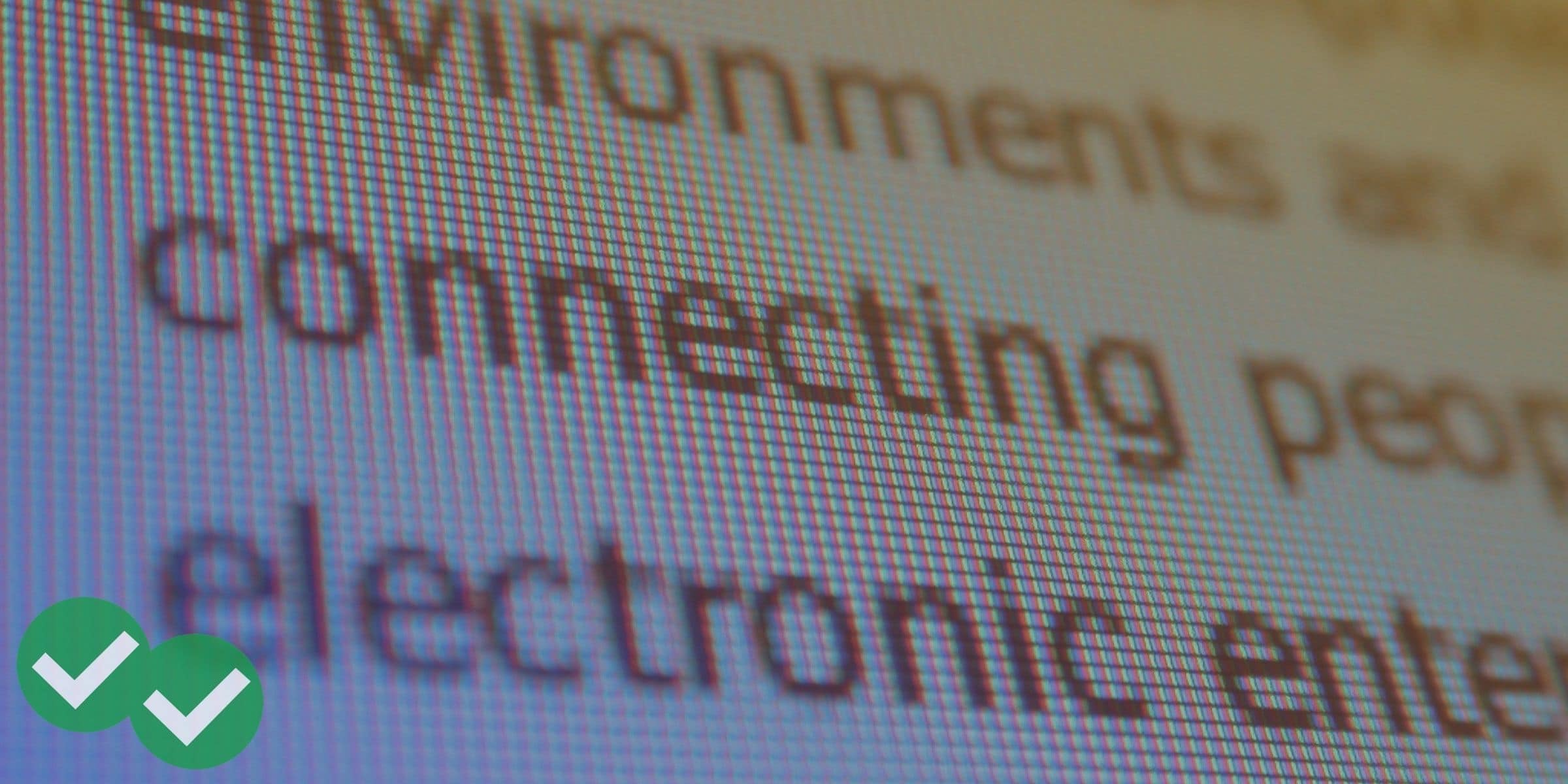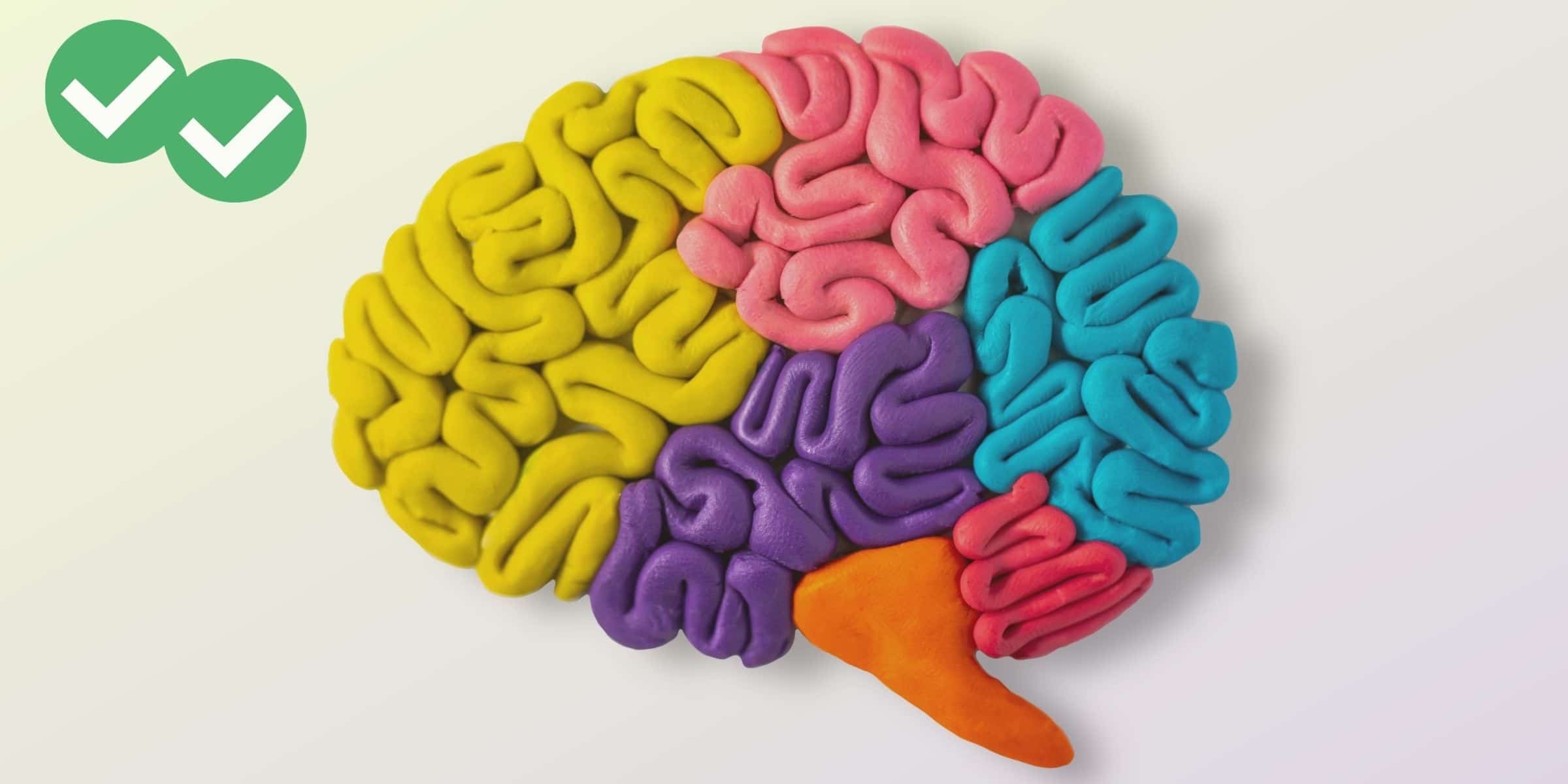Generally speaking, every question on the TOEFL falls into one of two broad categories: comprehension or critical thinking. Whereas the first category will simply ask you to recall information from the text or lecture, the second will ask you to interpret, extrapolate from, or reorganize the given information to answer questions that may not be directly addressed in the article. To do your best on test day, it’s a good idea to familiarize yourself with these types of questions so that you can decide more quickly what information to look for and how to interpret it.
Let’s start with comprehension-type questions and the linguistic cues that characterize them.
TOEFL Reading Section – Comprehension-Type Questions
Within comprehension-type questions on the TOEFL Reading Section, there are various “sub-types”. I’ll break them down below.
Factual and Negative Factual Questions
Factual questions are the simplest question type, although this doesn’t necessarily make them the easiest. They ask you to confirm or complete information that is found directly in the passage. Most of these questions will involve the phrase “According to the paragraph X…”; usually the necessary information will be within one or two sentences—you will not be required to synthesize large quantities of information for this question type. Negative factual questions, on the other hand, ask you to decide which of the given choices is NOT expressly mentioned in the passage. It’s very important to read carefully so that you don’t confuse factual and negative factual questions. One good strategy for answering negative factual questions is to treat each answer choice as a potential positive factual question. Each answer choice should be contained in one or two sentences somewhere in the passage; the only choice for which this is not the case is the correct answer.
Vocabulary Questions
Vocabulary questions test your understanding of specific words or phrases in context. Note that it is not enough to simply memorize the definition of every word; you need to know how the word is used in context. It is very important to read carefully and always take a second look at the passage before answering a vocabulary-type question.
Reference Questions
Reference questions are on the border between content-based questions and grammar-based questions, which sets them apart from any other question type you’re likely to encounter in the reading section. These questions will require you to find the relationship that connects a word, usually a pronoun or an abstract noun, to the more concrete noun that it replaces. These questions look very similar to vocabulary questions, but there is one major difference between them: whereas vocabulary questions require you to use clues from a given word’s surroundings to determine its meaning in context, reference questions generally have a very specific answer that will be expressly stated. These questions will often use phrases like “refers to” or “replaces.”
Remember that for comprehension-type questions, all the necessary information is contained in the article–your job is simply to find it. Look back at the text before answering each question to find the relevant phrase or sentence, and you should have no problem with this type of question.
TOEFL Reading Section – Critical Thinking-Type Questions
Now let’s discuss the other type of reading questions contained in the TOEFL. This type differs from the comprehension-type questions in that whereas the ones we discussed previously always had a clear answer in the text, this time you will have to interpret or somehow expand on the information given in the text to determine the correct answer.
Insert Text Questions
In these questions, you will be given a new sentence and asked where it best fits in the text; the answer choices will be marked in the text by a black square. Usually the sentence will have some kind of clue as to how it should relate to the sentence before it. This clue will most likely be some sort of transition: “On the other hand,” “Furthermore,” and “Finally” are all examples. From this, you can decide whether the sentence will contrast with, complement, or summarize the previous information. Then you just have choose the square whose location makes the most sense.
Sentence Simplification Questions
These questions will ask you to choose the sentence that has the same basic meaning as a sentence in the passage. They will frequently use the phrase “essential information” or “essential meaning.” Although a quick glance at the context may be helpful, you can usually save time on these questions by focusing on just the sentence you’re given.
Inference Questions
For these questions, you’ll have to use the information you’re given to make an assumption about an argument or idea that’s not actually mentioned in the excerpt. These questions often say “What can be inferred about…” or “The author of the passage implies that…”
Rhetorical Purpose
Here you’ll have to get inside an author’s head and decide why s/he included a particular idea or fact. These questions will often ask “Why does the author…” or “The author mentions X in order to…” Once the main idea of the text as a whole is clear, your best tactic for these questions is to look up the topic mentioned in the question and try to provide a rationale for its inclusion without looking at the answer choices. As with vocabulary questions, you can read the answer choices after you’ve made up your own answer. Hopefully you can simply pick the one answer choice that means the same as the answer you came up with.
Prose Summary Questions
Prose summary questions differ from sentence simplification questions in that in this case you’ll be dealing with the whole passage. These questions will have six choices; you should pick the three that contain the most important ideas from the passage. It’s important to be able to distinguish between major and minor ideas for this question type.
Fill-In Table
In some instances, the table questions are similar to the prose summary questions; the main difference is often the format. You will be given a table with two or three columns and as many rows. You will be given categories, and then you should choose from the answer choices the information that best fits each category. You can move the answer choices by dragging and dropping them. Remember that there will always be at least one incorrect answer. Your goal is not only to select the correct answers, but to put them under the appropriate headings on the table.






Leave a Reply